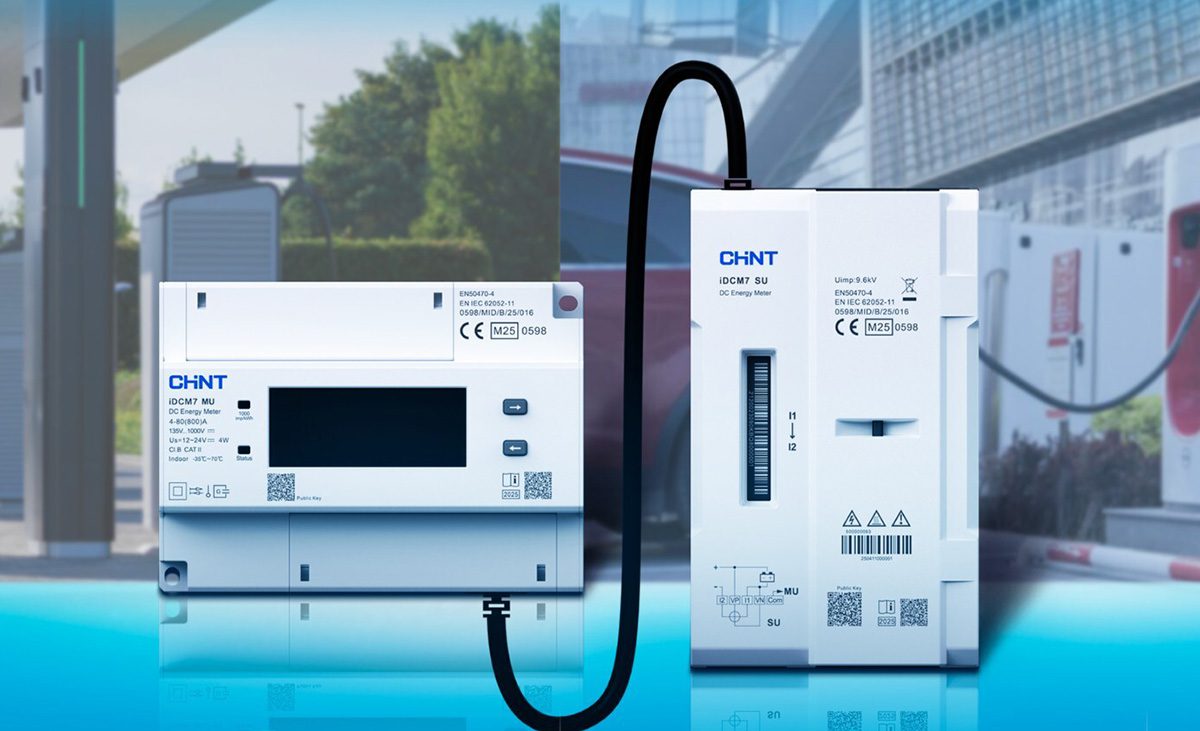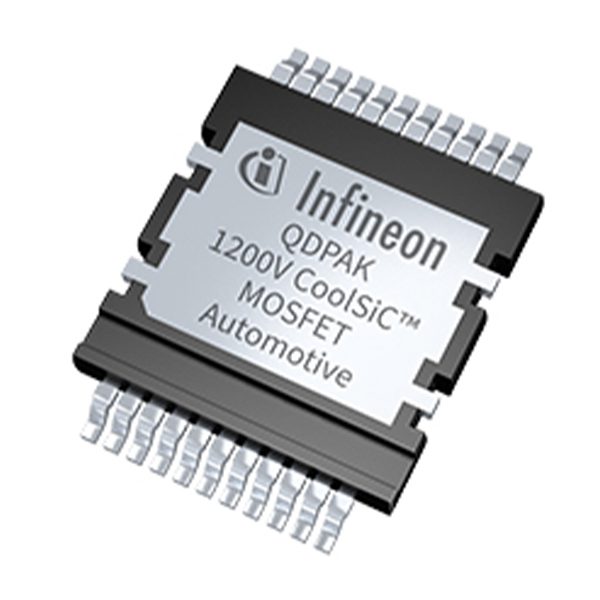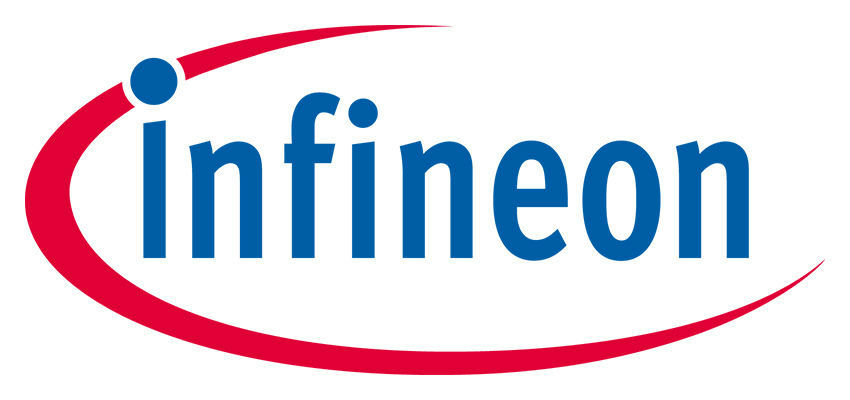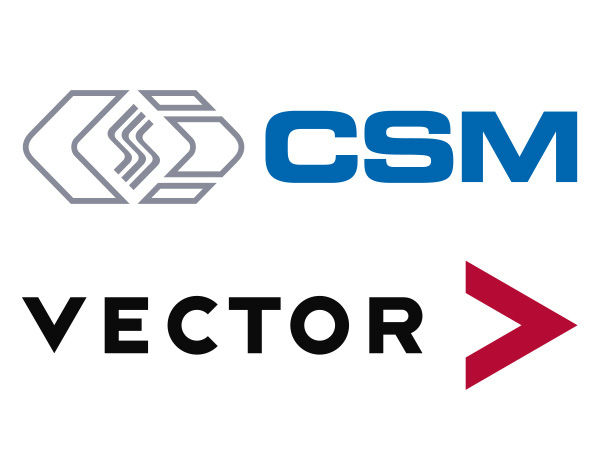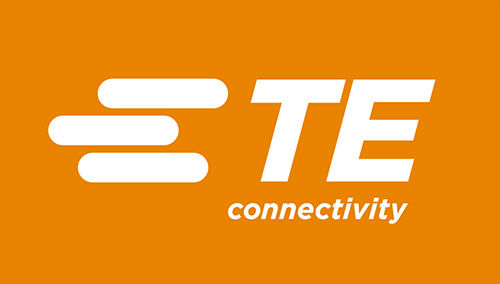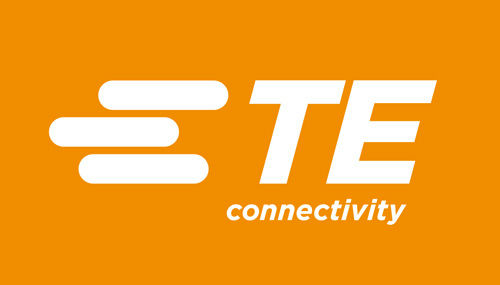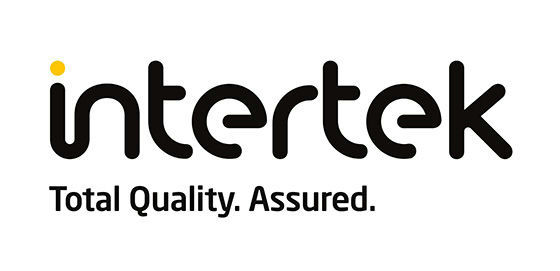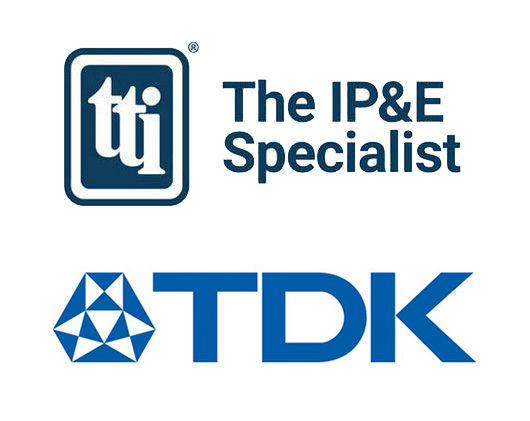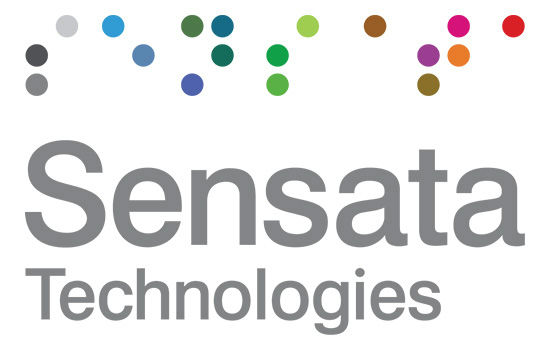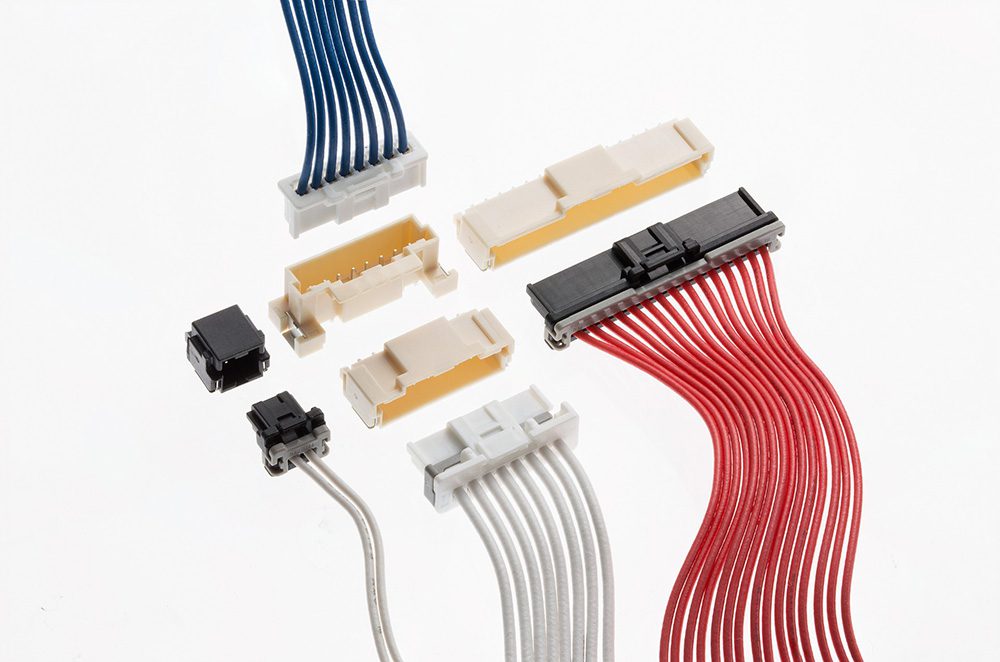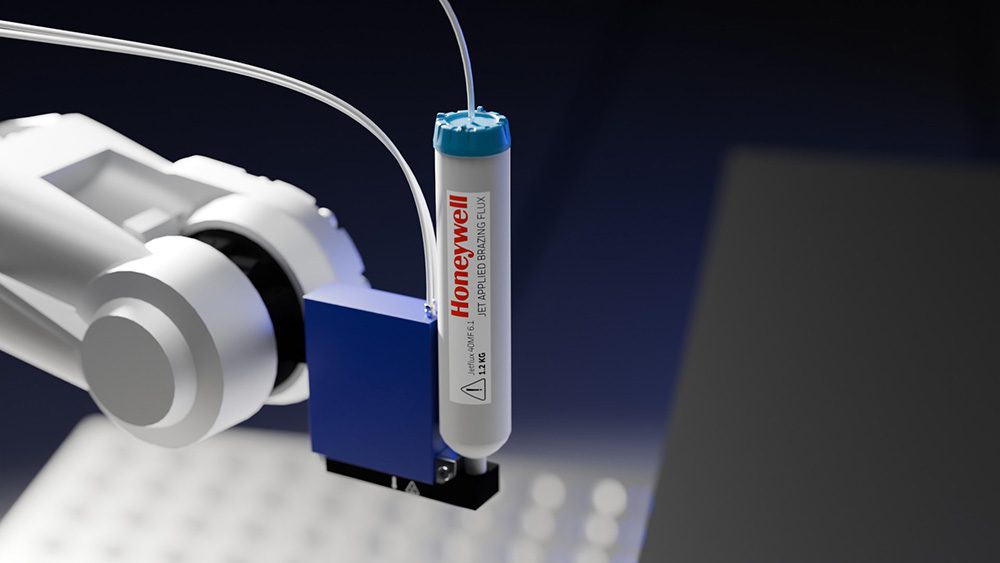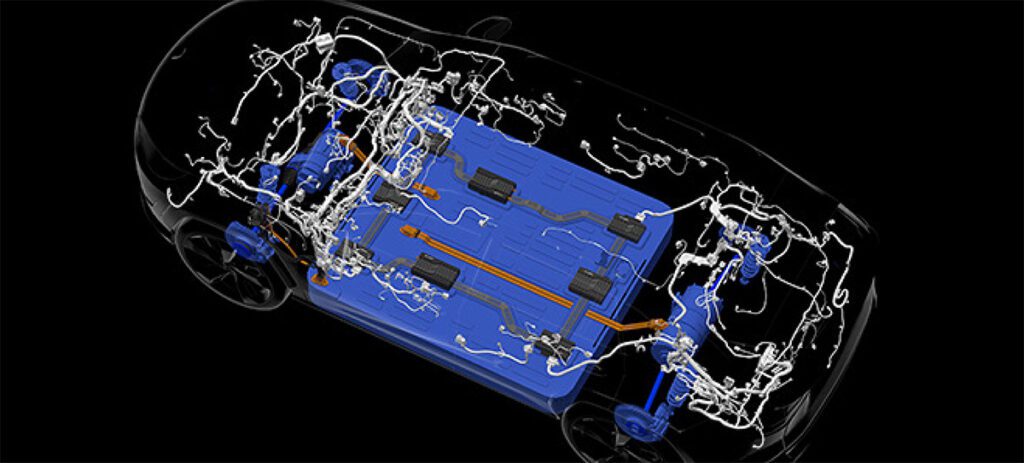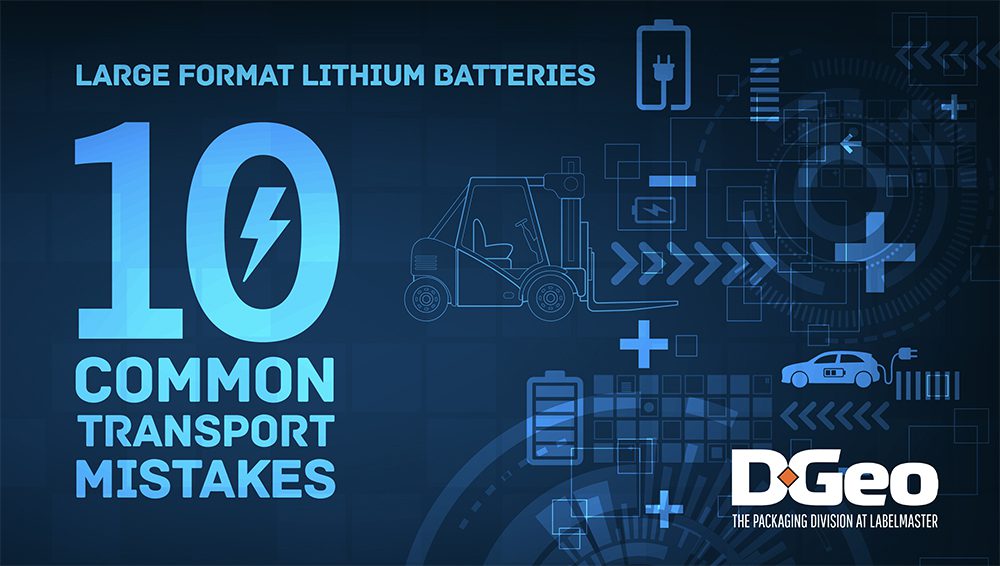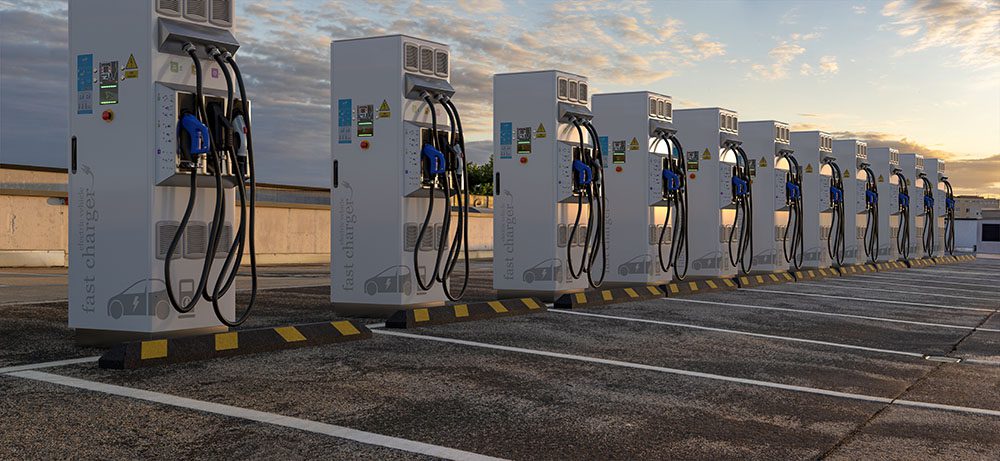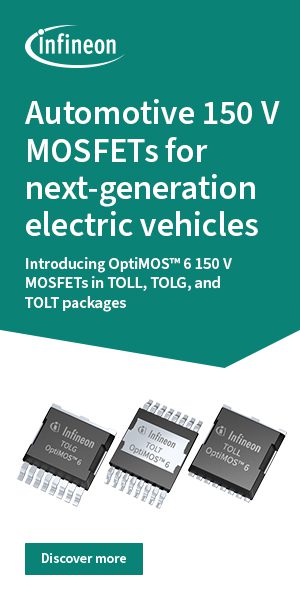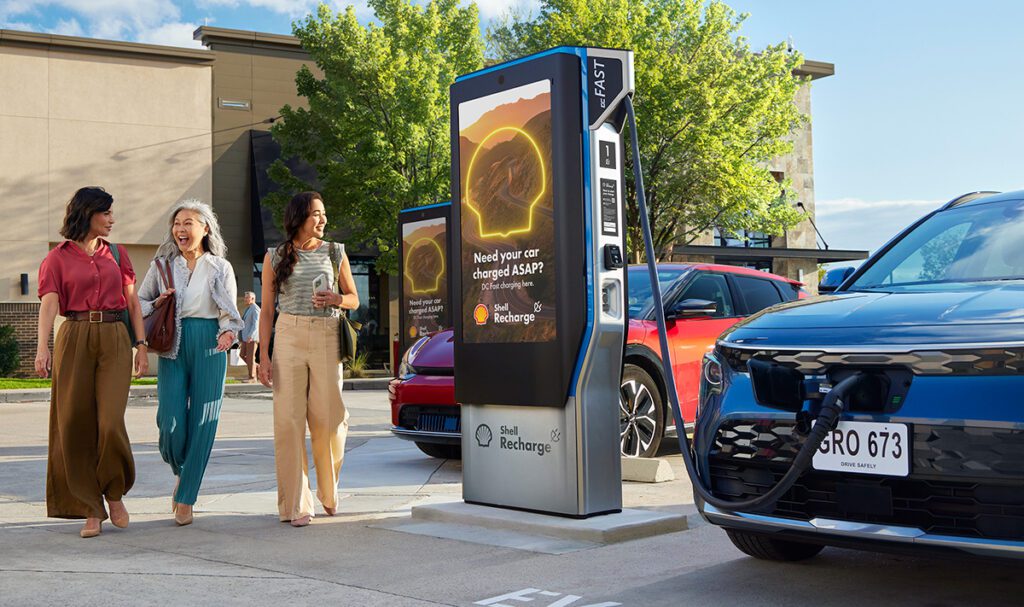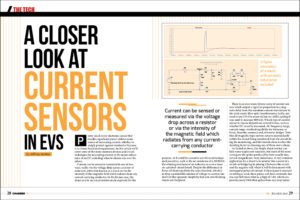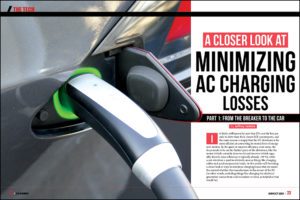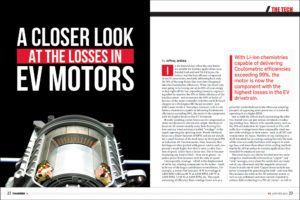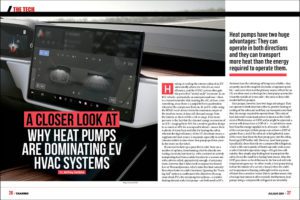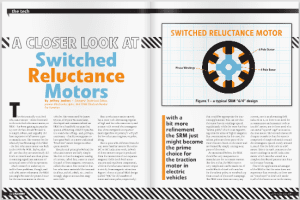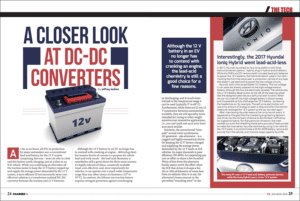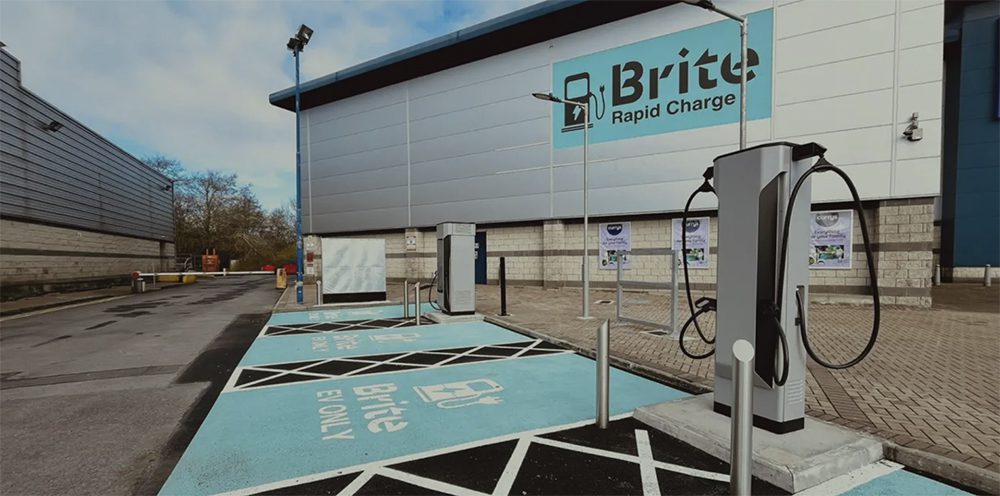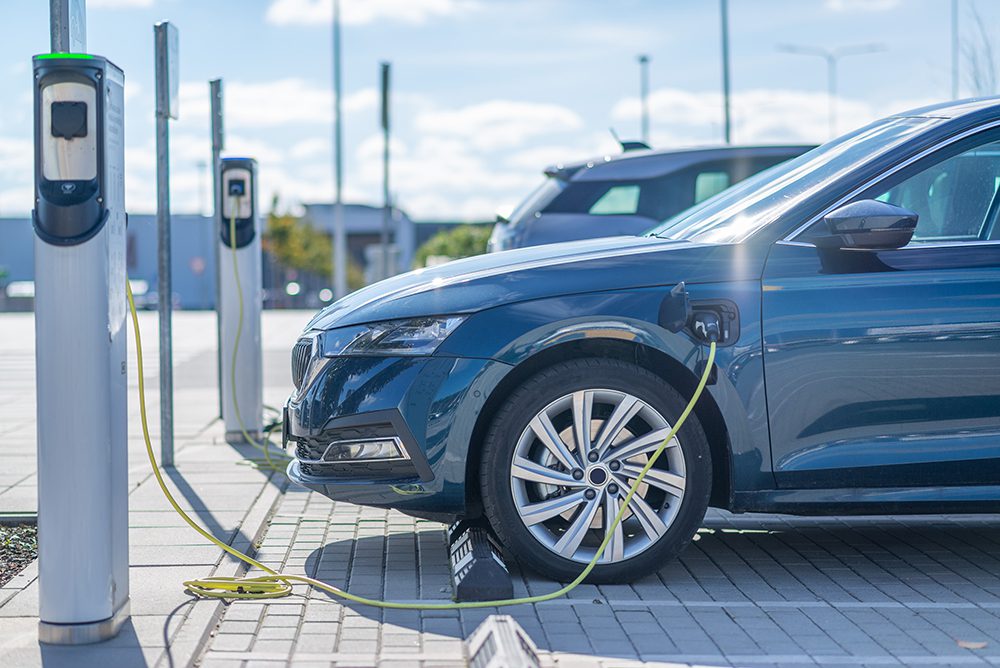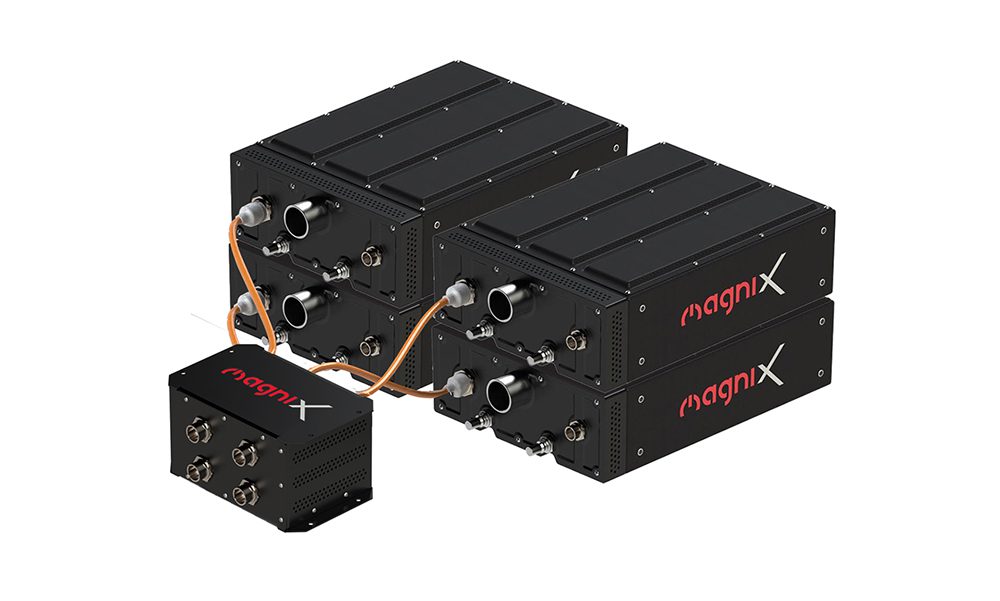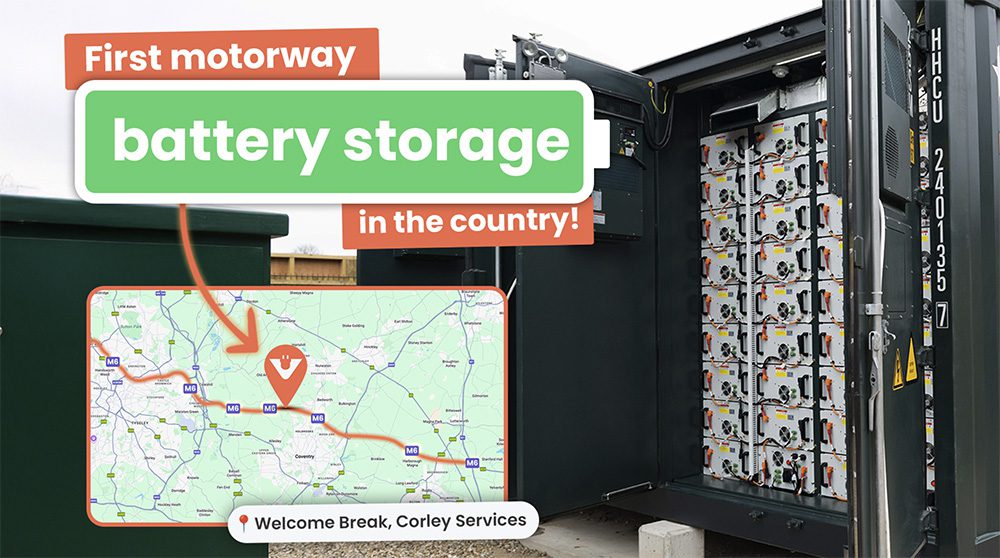CHINT has launched the iDCM7 Smart DC Energy Meter to address major challenges in European EV charging infrastructure. The new meter is designed to enhance security, efficiency and regulatory compliance for public EV charging stations, addressing persistent reliability issues and the need for robust cross-network compatibility across the region.
The iDCM7 Smart DC Energy Meter is engineered to meet four key operational requirements in the EU market:
- Regulatory compliance: It fully meets EU Measuring Instruments Directive (MID) certification, with 0.5 percent accuracy for voltage, current, and power, and Class B energy metering.
- Environmental adaptability: The device operates from minus 35 to plus 70 °C, utilizes sealed terminals, and is rated for applicability in up to 95 percent non-condensing humidity, supporting performance during Nordic winters and Southern European heatwaves.
- Charging efficiency: With a maximum 650 A output, the iDCM7 surpasses the EU 2025 requirement for 400 kW charging pools, enabling the potential for a “15-minute 300 kilometer range replenishment,” according to the company.
- Integration and connectivity: It supports RS485 and Ethernet interfaces, as well as Modbus-RTU, HTTP, and HTTPS protocols. This enables seamless data exchange with major European charging networks to address cross-border compatibility and payment system integration.
CHINT says applications for the iDCM7 span diverse EV charging contexts:
- Highway charging hubs: The 650 A high-speed charging suits major highway corridors, in line with Trans-European Transport Network (TEN-T) requirements for charging every 60 kilometers.
- Urban commercial centers: Four-wire measurement and cable loss compensation support metering accuracy in complex installations, optimizing operator revenue transparency.
- Logistics parks: A 1,000 V variant with a 12 to 24 V DC auxiliary supply ensures stable charging for heavy-duty commercial electric vehicles.
- Residential and community charging: Modular current configurations from 250 to 650 A allow adaptation to varied community load requirements and can help control initial investment costs.
Source: CHINT







